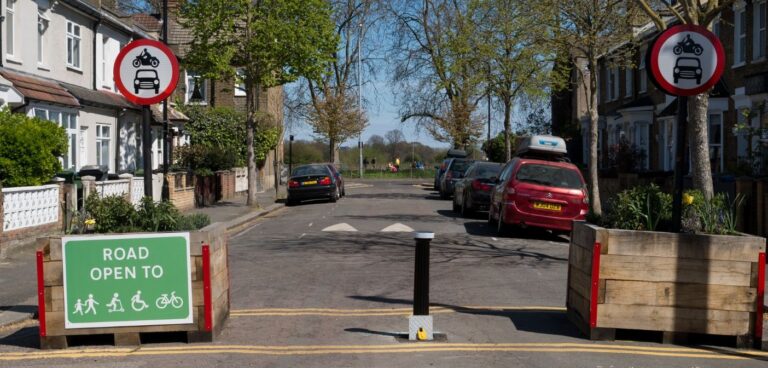The Centre for London (CfL) has released a report assessing the impact of low-traffic neighbourhoods (LTNs) on road users and local communities.
According to the study, 47% of Londoners support LTNs, whereas 16% oppose them.
LTNs were introduced by local authorities across London in 2020 through the UK government’s Emergency Active Travel Fund.
CfL wanted to evaluate why LTNs are divisive and considered how to effectively implement them in the future.
Titled Street Shift: The Future of Low-Traffic Neighbourhoods, the report uses a mix of sources, including LTN impact studies, surveys and roundtables with experts.
The majority of criticism directed at LTNs came from those who believed the schemes were rushed due to the pandemic and that they reduced people’s participation in decision-making.
CfL suggests there is strong evidence that LTNs can reduce the number of car journeys taken, thus reducing motor traffic and creating safer roads for cyclists and pedestrians.
Its overall conclusion was that, while effective, LTNs are only part of the solution for combatting private vehicle use and encouraging healthier streets.
Urban planning solutions such as protected cycle lanes and road-user charging were also highlighted as ways to mitigate congestion and reliance on private vehicles.
The report recommends that local authorities ensure early involvement of both the public and emergency services when implementing LTNs.
It also suggests the use of LTNs in conjunction with other traffic decarbonisation measures, such parking controls or alternative mobility solutions.
It proposed that the mayor of London and boroughs should be given greater powers to introduce new sustainability measures, and that Transport for London and councils should form an LTN knowledge hub to promote understanding.





